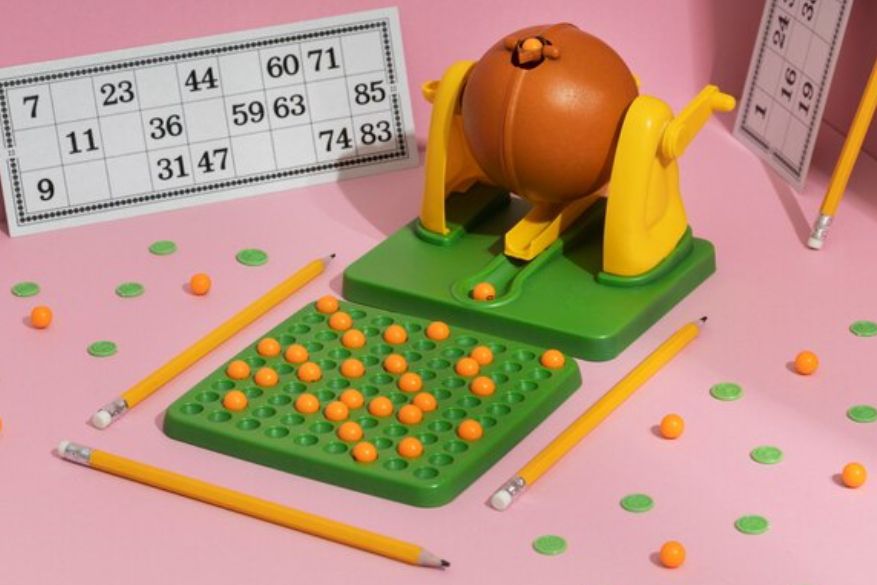
Summer is the perfect time to teach kids valuable life skills outside of the traditional classroom setting. One of the most crucial skills they can learn is financial literacy. Understanding money management early on sets the foundation for a financially responsible future. In this post, we’ll explore practical ways to teach financial literacy to kids during the summer, making the lessons fun, engaging, and impactful.
1. Start with the Basics: What Is Money?
Before diving into complex concepts, start by explaining what money is and its role in everyday life. Teach kids about different types of money (coins, bills, digital currency) and how it’s used for buying goods and services. This foundational knowledge is key to understanding the value of money.
2. Introduce the Concept of Saving

Encourage kids to save a portion of any money they receive, whether it’s from an allowance, gifts, or small earnings. Use a clear jar or a piggy bank to visually demonstrate how savings grow over time. Explain the importance of setting savings goals, such as buying a toy or saving for a special outing.
3. Teach Budgeting with Summer Activities
Use summer activities as opportunities to teach budgeting. For example, give your child a set amount of money for a day at the amusement park or a family outing. Help them plan how to spend it on tickets, snacks, and souvenirs while staying within the budget. This hands-on experience teaches them to make smart financial choices.
4. Introduce the Concept of Earning Money
Help kids understand the value of hard work by giving them opportunities to earn money. Whether it’s doing extra chores around the house, helping a neighbor with yard work, or setting up a lemonade stand, these experiences show kids that money is earned through effort. Discuss how they can divide their earnings between spending, saving, and giving.
5. Play Financial Literacy Games

Turn learning about money into a fun experience with financial literacy games. Games like Monopoly, The Game of Life, or online resources like Peter Pig’s Money Counter teach kids about earning, spending, and saving in an engaging way. These games provide a hands-on way to explore financial concepts while having fun.
6. Introduce the Idea of Investing
While saving money is essential, investing is another crucial financial concept. Start with simple explanations of how money can grow over time when invested in stocks, bonds, or savings accounts with interest. You can even use apps designed for kids to simulate investing and show them the potential growth of their money.
7. Teach the Difference Between Needs and Wants
Help kids distinguish between needs (essentials like food and clothing) and wants (toys, games, treats). This understanding is critical for making informed spending decisions. During the summer, you can use real-life examples, such as deciding between buying ice cream or saving for a bigger purchase, to reinforce this lesson.
“
8. Incorporate Charitable Giving
Financial literacy isn’t just about earning and saving; it’s also about giving back. Encourage kids to set aside a portion of their money for charitable causes. Discuss different ways they can contribute, whether it’s donating to a local charity, buying supplies for a food bank, or supporting a cause they care about.
9. Use Real-Life Examples
Incorporate real-life financial decisions into your teaching. For example, explain how you budget for a family vacation, save for emergencies, or make purchasing decisions at the grocery store. These conversations make financial literacy relatable and show kids how the concepts apply in everyday life.
10. Make It a Family Activity
Involve the whole family in financial literacy lessons. Set financial goals together, track savings, and discuss money openly. When kids see financial literacy as a normal part of family life, they’re more likely to adopt healthy money habits that stick with them into adulthood.
Conclusion
Teaching financial literacy to kids during summer equips them with the knowledge and skills they need to make informed financial decisions as they grow. By making financial education fun, practical, and engaging, you set them on the path to financial independence.
For more tips and resources on teaching financial literacy to kids, subscribe to our newsletter and stay updated on the latest educational content!










